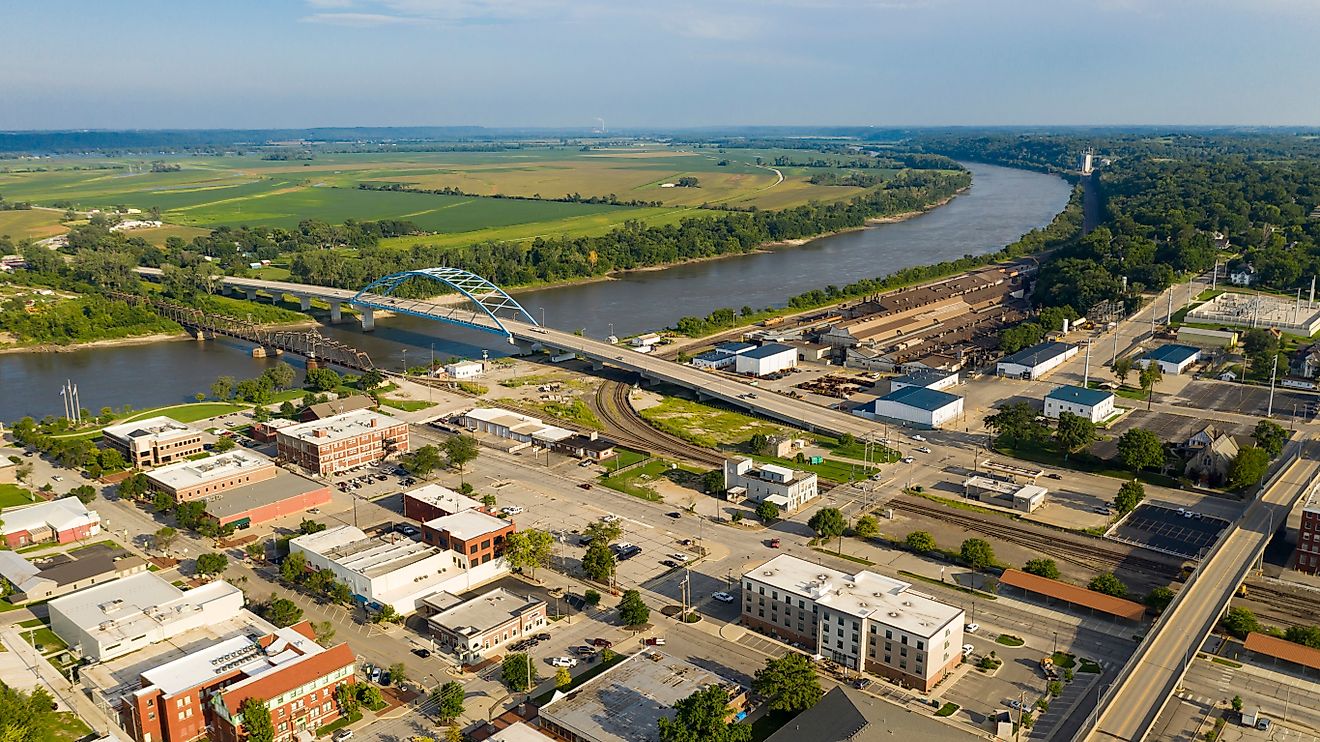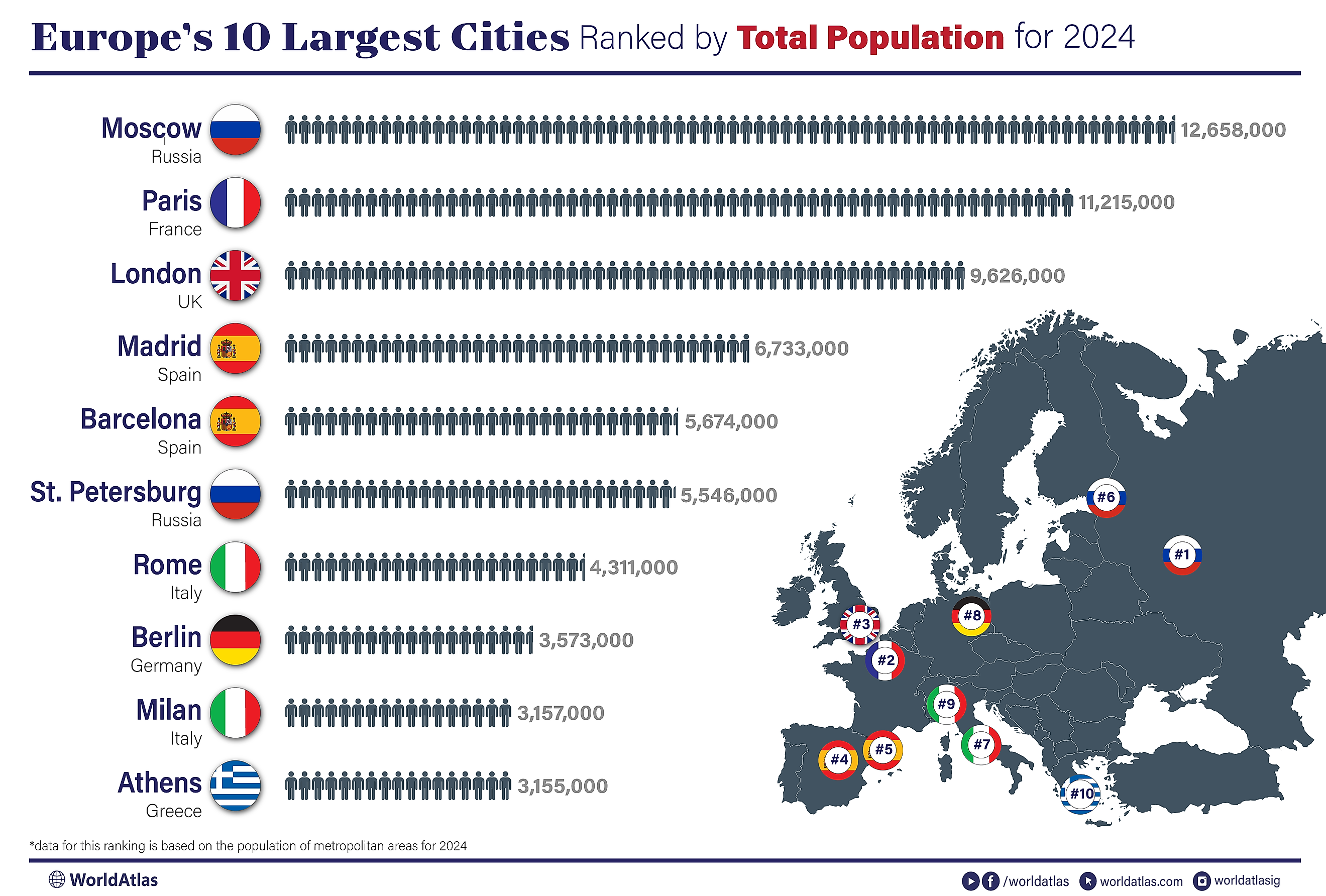
The Largest Cities In Europe By Population
With over 740 million residents, Europe is the world’s third most populous continent, brimming with massive cities, many of which serve as important economic, historic, and cultural hubs. These cities not only drive much of Europe’s economy but also reflect the continent’s diverse heritage, boasting histories that date back centuries and millennia. Today, the ten largest cities on the European continent are Moscow, Paris, London, Madrid, Barcelona, Saint Petersburg, Rome, Berlin, Athens, and Milan. The data for this ranking is based on the population of metropolitan areas rather than city propers.
The 10 Largest Cities In Europe By Population
| # | City | Country | Population |
|---|---|---|---|
| 1 | Moscow | Russian Federation | 12,658,000 |
| 2 | Paris | France | 11,215,000 |
| 3 | London | United Kingdom | 9,626,000 |
| 4 | Madrid | Spain | 6,733,000 |
| 5 | Barcelona | Spain | 5,674,000 |
| 6 | Saint Petersburg | Russian Federation | 5,546,000 |
| 7 | Rome | Italy | 4,311,000 |
| 8 | Berlin | Germany | 3,573,000 |
| 9 | Milan | Italy | 3,157,000 |
| 10 | Athens | Greece | 3,155,000 |
1. Moscow, Russia - 12,658,000
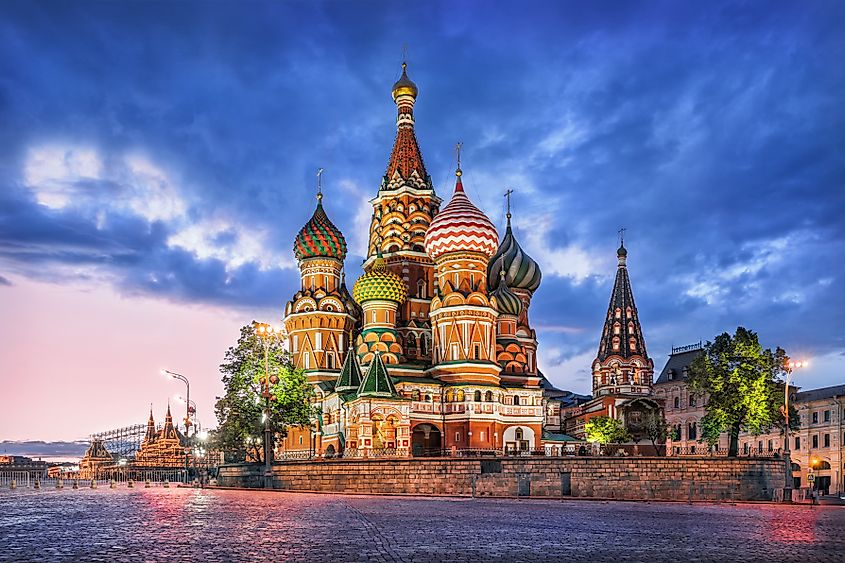
Moscow is Europe’s biggest city, located in western Russia and home to a population of nearly 12.7 million people, representing about 11% of Russia’s total population. Its history dates back centuries, with the earliest recorded mention of the city being in 1147. It became the capital of the Russian Soviet Federative Socialist Republic in 1918, later becoming the capital of the Soviet Union and then Russia. In addition to being the political center of the country, it has also been the center of the Russian Orthodox Church for over 600 years. The Moskva River cuts through the city, serving as an important water source for the city’s residents.
2. Paris, France - 11,215,000
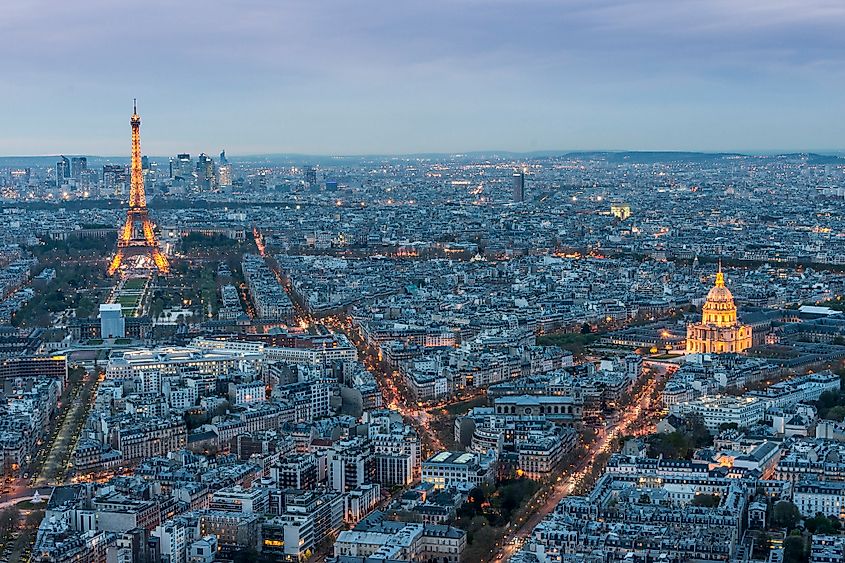
Paris, in northern France, is the second most populous city in Europe with about 11.2 million residents. Nearly 20% of French citizens live in its capital city. A Celtic Gauls tribe first founded the city in the late third century BCE, later becoming a prosperous city during the Middle Ages. The Seine River, an important European historic river, flows through the city for around 13 kilometers (8 miles). The Eiffel Tower, Notre Dame Cathedral, Arc de Triomphe, and The Pantheon are a few of the most notable landmarks in the city.
3. London, United Kingdom - 9,626,000
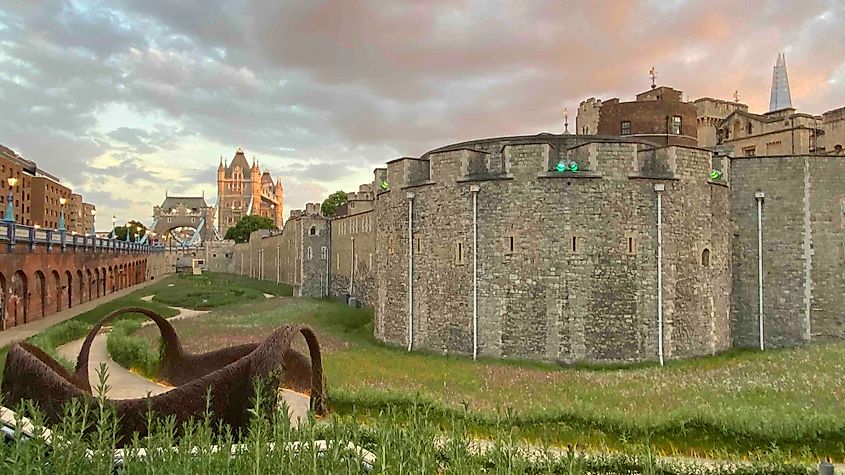
London, situated in southeastern Great Britain, is the country’s capital city and has an approximate population of 9.6 million people. It is one of the world’s oldest great cities, dating back nearly two millennia. Around 13% of the country’s population lives in London, serving as an important political, cultural, and economic center. The River Thames flows through the city, historically important for trade and commerce. Today, the river serves as an important point in the city for recreation and tourism. The Tower Bridge, Big Ben, Buckingham Palace, and Trafalgar Square are some of the city’s notable landmarks.
4. Madrid, Spain - 6,733,000
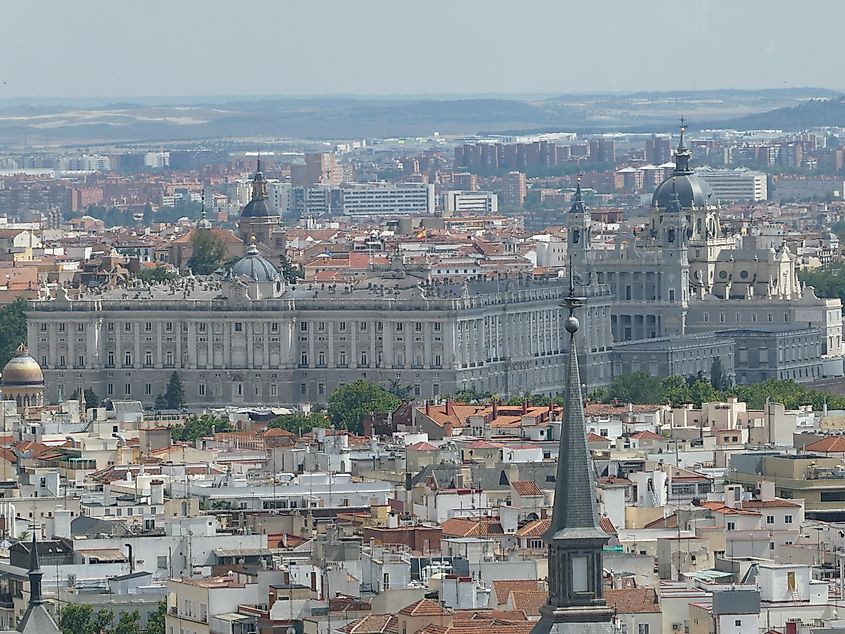
Madrid, in Central Spain, has a population of about 6.7 million people, making it the most populous city in Spain and the fourth most populous city in Europe. As the capital, Madrid is home to around 14% of the country’s population. Spanish King Phillip III officially declared it the national capital in 1561, after his father, King Phillip II, had previously moved the royal courts to the city. Unlike many other large European cities, Madrid is not along any major river. Plaza Mayor, Royal Palace, Paseo del Prado, and Crystal Palace are a few of the city’s important landmarks.
5. Barcelona - 5,674,000

Barcelona, a coastal city along the Mediterranean Sea in northeastern Spain, is the fifth most populous city in Europe. Considered an important commercial and cultural center in the country, it is home to about 9% of the country’s population. Although human settlements date back to Neolithic times, the Romans officially set up a city there during the 1st century BCE, originally called Barcino. Much of the city’s culture and heritage is reflected throughout architecture, such as Barcelona’s Gothic Quarter. The Sagrada Familia, La Pedrera, and La Casa Batlló are some of the most significant historic landmarks that reflect its history.
6. Saint Petersburg, Russia - 5,546,000

Saint Petersburg, in Russia’s extreme northwest, is the sixth-largest city in Europe and second largest in Russia. Only seven degrees south of the Arctic Circle, Saint Petersburg has a cold climate, with snow coverage typically lasting over 130 days and winter temperatures sometimes dropping below -40 degrees Celsius (-40 degrees Fahrenheit). About 4% of Russians live in this city. Founded by Peter the Great in 1703, the city served as Russia’s capital until 1918, when the capital was moved to Moscow. Saint Petersburg’s historic district is a UNESCO World Heritage site due to its baroque, neoclassical, and Russian-Byzantine-influenced architecture.
7. Rome, Italy - 4,311,000
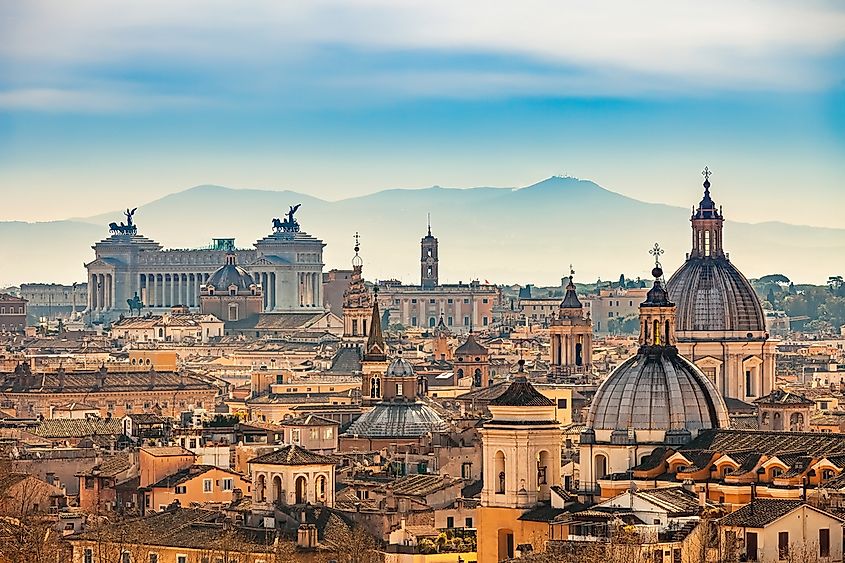
Rome, located in central-west Italy, is the seventh most populous city in Europe. Although its official founding date is unclear, Roman mythology states Rome to have been founded in 753 BCE. It later became the capital of the Roman Empire, and historians consider the city to be one of the world’s first metropolises. About 7% of Italians live in Rome. It is also one of the top 20 most visited cities in the world, with nearly 10 million visited annually. Some of Rome’s most notable landmarks include the Colosseum, Trevi Fountain, the Pantheon, and the Spanish Steps.
8. Berlin, Germany - 3,573,000
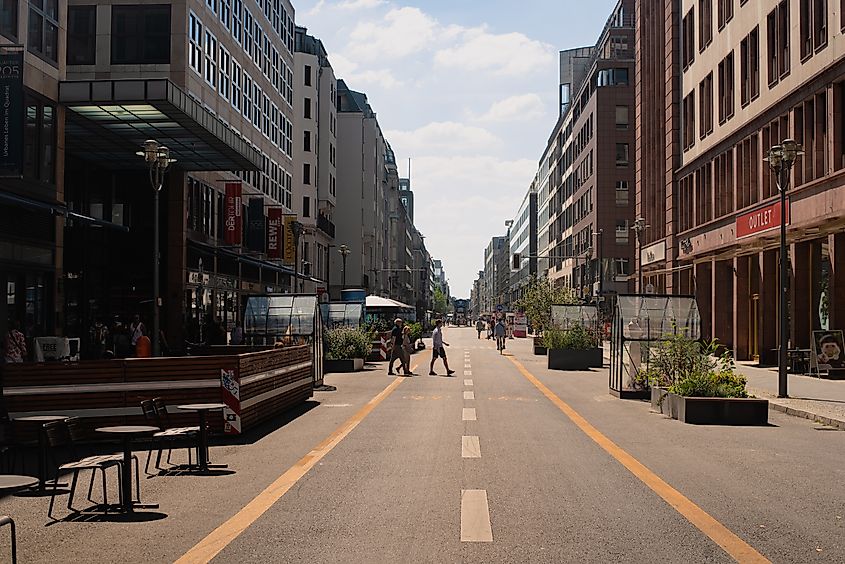
Berlin, in northeastern Germany, is Europe’s eighth most populous city, with around 3.6 million residents. Berlin, the capital city and an important economic hub, is home to about 4% of all Germans. The Spree River flows through the city, providing extensive navigable waterways as well as commercial ports. Merchants, hunters, and fishermen founded the town around the 13th century, and it officially became Germany’s capital in 1871. Brandenburg Gate, the Berlin Wall Monument, and The Gendarmenmarkt are a few important historical landmarks in the city today.
9. Milan, Italy - 3,157,000
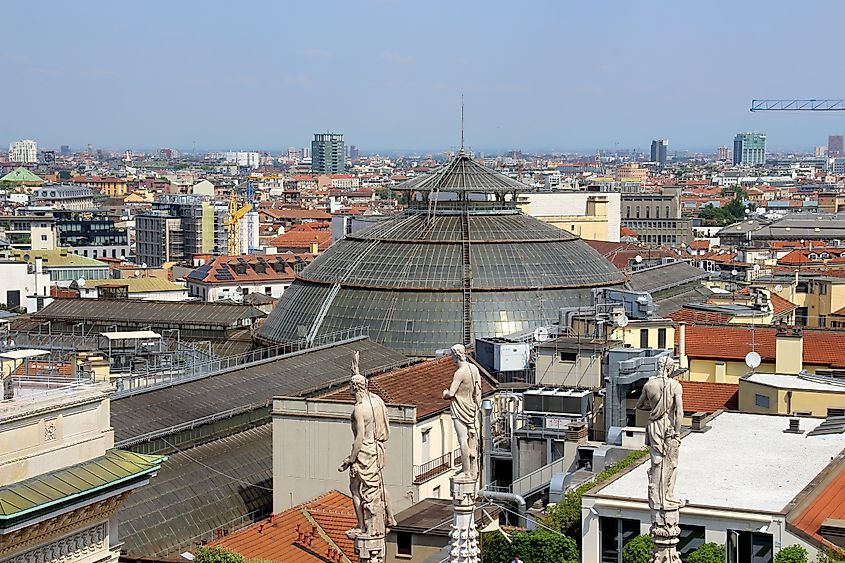
Milan, in northwestern Italy, is home to nearly 3.2 million people, making it the 10th most populous city in Europe and the second most populous in Italy. It serves as the economic capital of the country, being an important manufacturing and commercial hub, and is home to about 5% of Italy’s population. Milan’s history dates back to around 590 BCE when a Celtic tribe founded it. The Duomo, Galleria Vittorio Emanuele II, La Scala Opera House, and Parco Sempione are a few of the city’s important landmarks.
10. Athens, Greece - 3,155,000
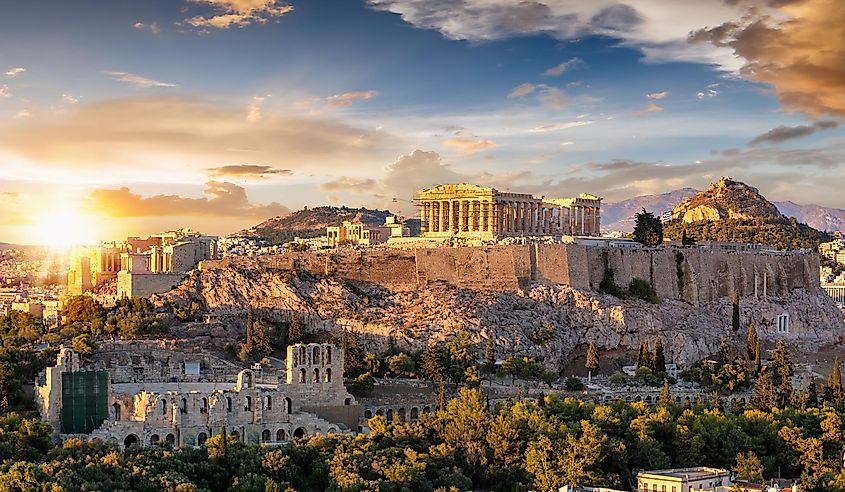
Athens, situated in the southwest of Greece’s mainland, is the ninth most populous city in Europe. About one-third of Greeks live in the capital city, known for its deep historical, philosophical, and political roots. Although rivers once flowed through the city, they have since dried up, leaving it without any natural bodies of water. Athens is one of the oldest cities in the world, dating back before 3000 BCE. It officially became Greece’s capital in 1834. Acropolis Hill and the Pantheon, Odeon of Herodes Atticus, and Temple of Olympian Zeus are three notable historic landmarks in the city.
Final Thoughts
While cities such as Saint Petersburg and Barcelona may not have a lot in common regarding factors such as language, culture, and climate, their sprawling sizes and rich, cultural, and historic heritages unite them, serving as a reminder of the wide diversity of the European continent. From Neolithic times to ruling empires, these cities have experienced various stages of human civilization, contributing to their thriving, modern-day metropolises.
The 100 Largest Cities In Europe Ranked By Population
| # | City | Country | Population |
|---|---|---|---|
| 1 | Moskva (Moscow) | Russian Federation | 12,658,000 |
| 2 | Paris | France | 11,215,000 |
| 3 | London | United Kingdom | 9,626,000 |
| 4 | Madrid | Spain | 6,733,000 |
| 5 | Barcelona | Spain | 5,674,000 |
| 6 | Sankt Peterburg (Saint Petersburg) | Russian Federation | 5,546,000 |
| 7 | Roma (Rome) | Italy | 4,311,000 |
| 8 | Berlin | Germany | 3,573,000 |
| 9 | Milano (Milan) | Italy | 3,157,000 |
| 10 | Athínai (Athens) | Greece | 3,155,000 |
| 11 | Kyiv (Kiev) | Ukraine | 3,006,000 |
| 12 | Lisboa (Lisbon) | Portugal | 3,000,000 |
| 13 | Manchester | United Kingdom | 2,792,000 |
| 14 | Birmingham (West Midlands) | United Kingdom | 2,666,000 |
| 15 | Baku | Azerbaijan | 2,434,000 |
| 16 | Napoli (Naples) | Italy | 2,184,000 |
| 17 | Bruxelles-Brussel | Belgium | 2,117,000 |
| 18 | Minsk | Belarus | 2,054,000 |
| 19 | Almaty | Kazakhstan | 1,984,000 |
| 20 | Wien (Vienna) | Austria | 1,975,000 |
| 21 | West Yorkshire | United Kingdom | 1,930,000 |
| 22 | Torino (Turin) | Italy | 1,803,000 |
| 23 | Warszawa (Warsaw) | Poland | 1,793,000 |
| 24 | Hamburg | Germany | 1,789,000 |
| 25 | Bucuresti (Bucharest) | Romania | 1,777,000 |
| 26 | Budapest | Hungary | 1,777,000 |
| 27 | Lyon | France | 1,760,000 |
| 28 | Glasgow | United Kingdom | 1,701,000 |
| 29 | Stockholm | Sweden | 1,696,000 |
| 30 | Novosibirsk | Russian Federation | 1,689,000 |
| 31 | Marseille-Aix-en-Provence | France | 1,630,000 |
| 32 | München (Munich) | Germany | 1,570,000 |
| 33 | Yekaterinburg | Russian Federation | 1,524,000 |
| 34 | Zürich (Zurich) | Switzerland | 1,431,000 |
| 35 | Kharkiv | Ukraine | 1,421,000 |
| 36 | Beograd (Belgrade) | Serbia | 1,407,000 |
| 37 | København (Copenhagen) | Denmark | 1,379,000 |
| 38 | Helsinki | Finland | 1,335,000 |
| 39 | Porto | Portugal | 1,326,000 |
| 40 | Praha (Prague) | Czechia | 1,321,000 |
| 41 | Kazan | Russian Federation | 1,289,000 |
| 42 | Sofia | Bulgaria | 1,284,000 |
| 43 | Astana | Kazakhstan | 1,278,000 |
| 44 | Dublin | Ireland | 1,271,000 |
| 45 | Nizhniy Novgorod | Russian Federation | 1,253,000 |
| 46 | Chelyabinsk | Russian Federation | 1,239,000 |
| 47 | Omsk | Russian Federation | 1,181,000 |
| 48 | Amsterdam | Netherlands | 1,173,000 |
| 49 | Krasnoyarsk | Russian Federation | 1,162,000 |
| 50 | Samara | Russian Federation | 1,158,000 |
| 51 | Shimkent | Kazakhstan | 1,146,000 |
| 52 | Ufa | Russian Federation | 1,144,000 |
| 53 | Rostov-na-Donu (Rostov-on-Don) | Russian Federation | 1,139,000 |
| 54 | Köln (Cologne) | Germany | 1,139,000 |
| 55 | Yerevan | Armenia | 1,095,000 |
| 56 | Oslo | Norway | 1,086,000 |
| 57 | Tbilisi | Georgia | 1,083,000 |
| 58 | Perm | Russian Federation | 1,080,000 |
| 59 | Lille | France | 1,080,000 |
| 60 | Voronezh | Russian Federation | 1,079,000 |
| 61 | Toulouse | France | 1,058,000 |
| 62 | Antwerpen | Belgium | 1,056,000 |
| 63 | Rotterdam | Netherlands | 1,020,000 |
| 64 | Odesa | Ukraine | 1,008,000 |
| 65 | Bordeaux | France | 998,000 |
| 66 | Volgograd | Russian Federation | 997,000 |
| 67 | Krasnodar | Russian Federation | 993,000 |
| 68 | Nice-Cannes | France | 951,000 |
| 69 | Southampton/Portsmouth (South Hampshire) | United Kingdom | 951,000 |
| 70 | Dnipro | Ukraine | 942,000 |
| 71 | Liverpool | United Kingdom | 918,000 |
| 72 | Bergamo | Italy | 911,000 |
| 73 | Tyumen | Russian Federation | 893,000 |
| 74 | Donetsk | Ukraine | 888,000 |
| 75 | Palermo | Italy | 851,000 |
| 76 | Saratov | Russian Federation | 839,000 |
| 77 | Valencia | Spain | 838,000 |
| 78 | Newcastle upon Tyne | United Kingdom | 824,000 |
| 79 | Thessaloniki | Greece | 814,000 |
| 80 | Bologna | Italy | 814,000 |
| 81 | Nottingham | United Kingdom | 807,000 |
| 82 | Frankfurt am Main | Germany | 793,000 |
| 83 | Kraków (Cracow) | Poland | 769,000 |
| 84 | Sheffield | United Kingdom | 746,000 |
| 85 | Zaragoza | Spain | 738,000 |
| 86 | Zaporizhzhya | Ukraine | 724,000 |
| 87 | Lviv | Ukraine | 720,000 |
| 88 | s-Gravenhage (The Hague) | Netherlands | 714,000 |
| 89 | Firenze (Florence) | Italy | 712,000 |
| 90 | Bristol | United Kingdom | 707,000 |
| 91 | Sevilla | Spain | 702,000 |
| 92 | Nantes | France | 698,000 |
| 93 | Tolyatti | Russian Federation | 694,000 |
| 94 | Padova | Italy | 694,000 |
| 95 | Zagreb | Croatia | 685,000 |
| 96 | Liège | Belgium | 684,000 |
| 97 | Genova (Genoa) | Italy | 676,000 |
| 98 | Busto Arsizio | Italy | 663,000 |
| 99 | Łódź | Poland | 661,000 |
| 100 | Izhevsk | Russian Federation | 652,000 |
Note: Data retrieved from United Nations World Urbanization Prospects: The 2018 Revision. The annual growth rate between 2020 and 2025 was used to estimate current values.










